FREE Shipping on Orders over $89 with Account – Create One Today!
- (844)-859-9400
- Get Help
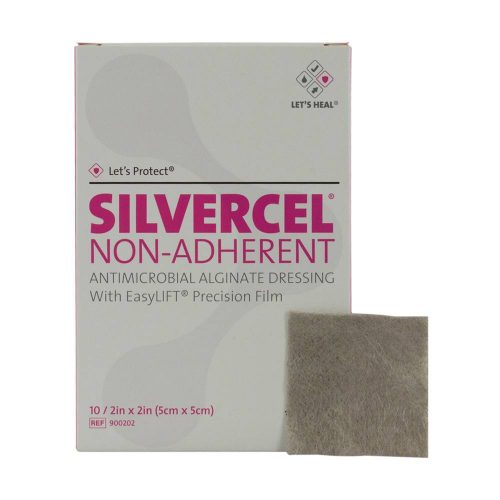
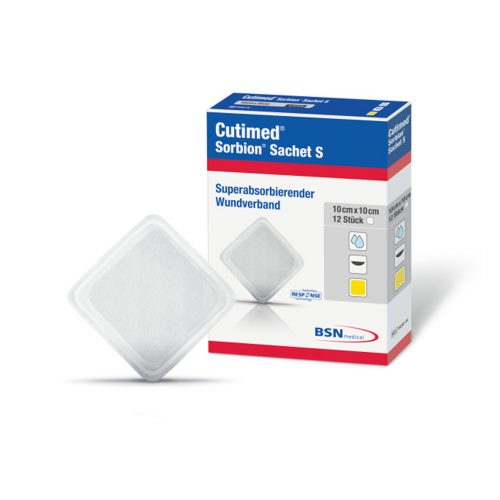
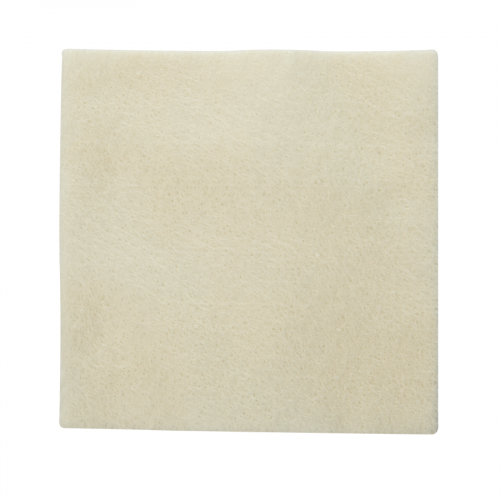
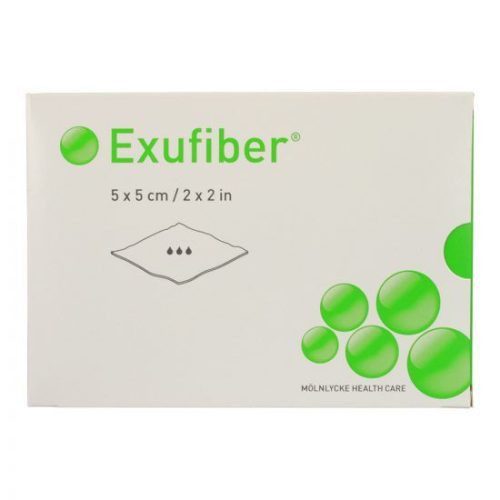

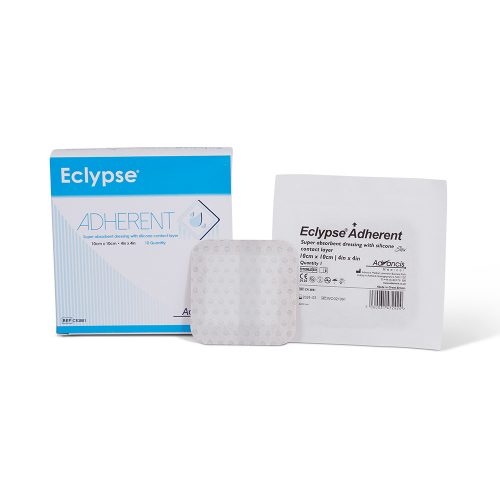
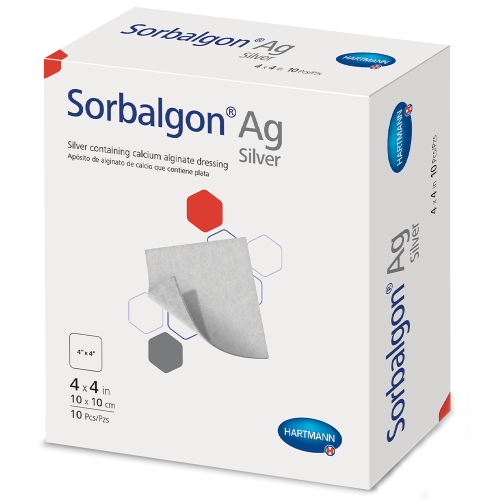
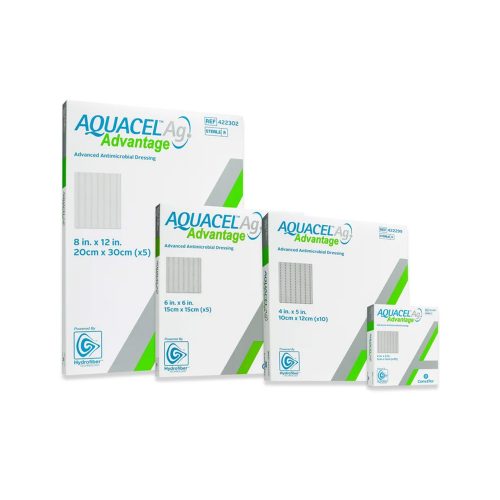
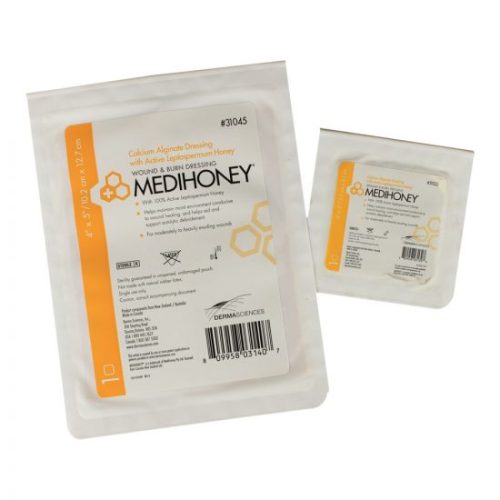
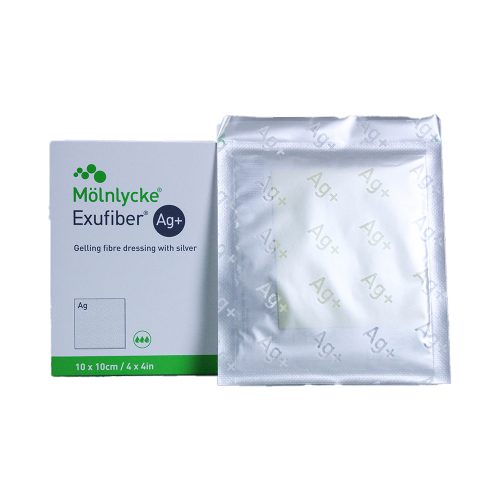
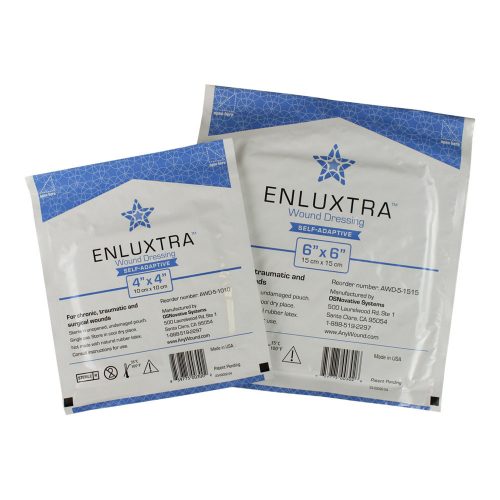
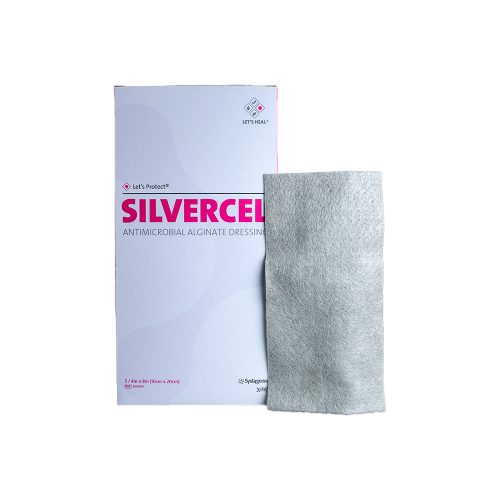
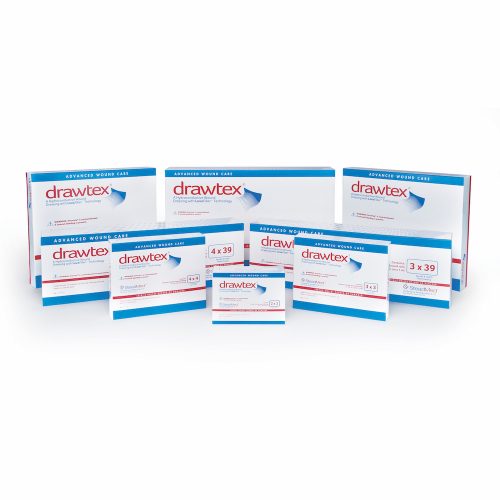
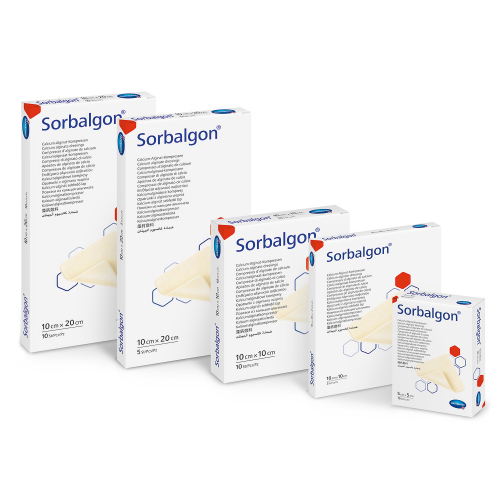
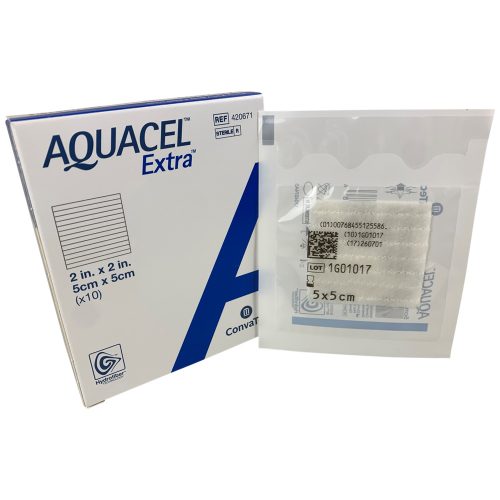
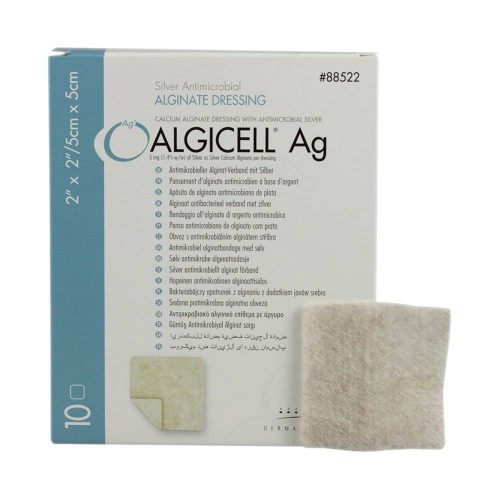
Among wound care solutions, alginate dressings are created to draw in fluid, developing a gel consistency that keeps the area moist for healing in the process. As this occurs, the material, often a biodegradable hydrogel, film, fiber or foam, pulls in microorganisms or delivers natural antimicrobial action in the form of silver.
About Alginate Wound Dressings
Alginate dressings date back decades, initially made with seaweed. Today, calcium alginate fibers are more common. These fibers are woven into a material that delivers a high degree of absorbency — about 15 to 20 times their weight, making them ideal for heavy-exudate wounds. Robe, ribbon, sheet and gel forms accommodate various wound types and cavity depths.
Additional substances may enhance the performance of calcium alginate dressings. Sodium alginate helps the material assume a more gel-like texture, while silver ions — or zinc in some cases — help control bacteria colonies present and work to prevent biofilms from forming.
Chemical properties further define their performance. Once the dressing’s calcium ions come in contact with the exudate’s sodium, the material begins to absorb fluid, grows in size and then becomes a more conformable gel.
Types of Alginate Dressings for Wounds
Alginate dressings encompass the following common types:
Hydrogel: This is a highly absorbent, hydrophilic material made with synthetic or natural polymers.
Films: Also using polymers, these sheets accommodate low- to medium-exudate wounds while allowing for greater breathability.
Foams: This more porous material is ideal for high-exudate wounds, as they absorb more fluid and help reduce maceration.
Silver leaf nylon dressings: Offering greater antibacterial properties and helping reduce infections, these dressings are shaped for burns and skin grafts.
Hydroconductive: Exemplified by Drawtex, this porous, fiber-based dressing uses two-way, capillary-like absorbency to control exudate and debris.
Uses for Alginate Dressings
Along with absorbency, alginate dressings keep the wound moist to encourage healing, are easy to remove, better control infection risks, can be left on for multiple days and are free of latex, decreasing the probability of an allergic reaction. As a primary or in some cases a secondary material, these dressings help heal:
Cavity wounds
Diabetic ulcers
Pressure ulcers
Venous leg ulcers
Trauma wounds
Partial-thickness burns
Post-operative wounds
